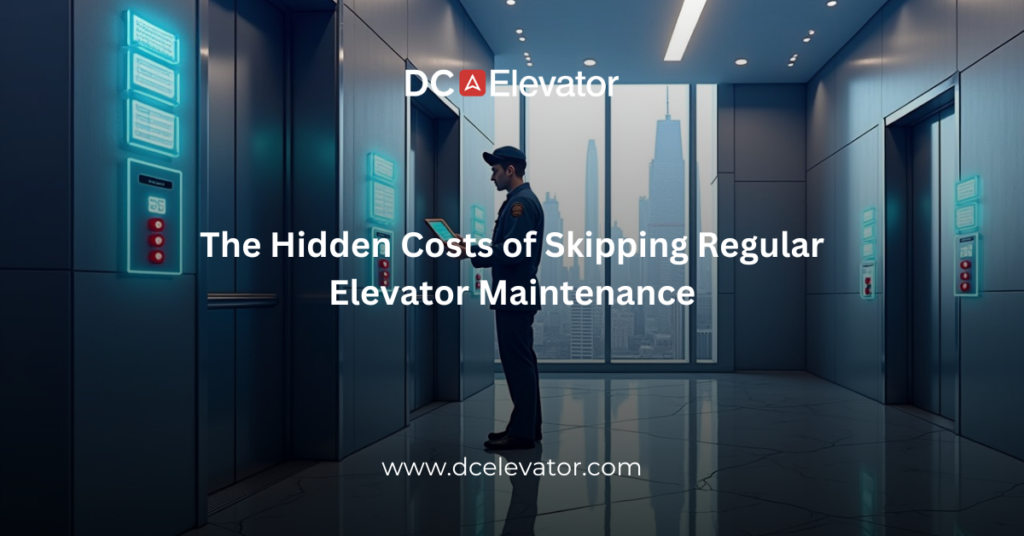Have you ever considered what happens when an elevator is neglected? While skipping routine maintenance might seem like a way to save money in the short term, the reality is quite the opposite. Building owners and facility managers who overlook regular elevator servicing often face unexpected breakdowns, costly emergency repairs, and even potential legal liabilities. A well-maintained elevator is crucial for safety, efficiency, and tenant satisfaction. In this blog, we’ll explore the hidden costs associated with neglecting regular elevator maintenance and why investing in preventive care is a smarter financial decision.
The Financial Impact of Skipping Maintenance
Higher Repair Costs
Ignoring minor issues can lead to major failures. A small problem, such as a worn-out cable or a misaligned door, can escalate into a full-blown breakdown requiring expensive repairs or part replacements. Regular inspections help identify and fix these small issues before they become costly emergencies.
Unplanned Downtime and Business Disruptions
An out-of-service elevator can create major inconveniences, especially in commercial buildings, hospitals, and residential complexes. Tenants and visitors may face accessibility issues, leading to complaints and dissatisfaction. For businesses relying on elevators to transport goods or customers, unexpected downtime can result in lost revenue and operational inefficiencies.
Legal and Liability Risks
Compliance Violations
Elevators must adhere to strict safety regulations and compliance standards. Skipping maintenance increases the risk of falling out of compliance, potentially resulting in fines or legal action. Regulatory inspections can uncover issues that might have been avoided with routine check-ups, leading to costly mandatory upgrades.
Increased Risk of Accidents
A poorly maintained elevator poses serious safety hazards, including abrupt stops, door malfunctions, or sudden drops. If an accident occurs due to negligence, building owners may face legal claims, increased insurance premiums, and reputational damage. Keeping up with regular maintenance ensures that safety measures are met and reduces liability concerns.
Energy Inefficiency and Higher Utility Costs
Increased Energy Consumption
A neglected elevator may use more energy than necessary due to inefficient operations. Components such as motors, brakes, and lighting can wear out over time, causing the system to work harder and consume more power. Routine maintenance optimizes energy efficiency, reducing long-term operational costs.
The Long-Term Value of Preventive Maintenance
Extending Elevator Lifespan
Just like any other mechanical system, elevators have a limited lifespan. However, regular servicing can significantly extend their operational years, delaying the need for a costly full replacement. Routine inspections, lubrication, and part replacements keep the system running smoothly, preserving the elevator’s longevity.
Enhanced Property Value and Tenant Satisfaction
A well-maintained elevator improves the overall property value by ensuring reliability and safety. Tenants and visitors appreciate functional elevators, making the building more attractive to potential lessees or buyers. Preventive maintenance helps maintain a positive reputation and reduces turnover rates among occupants.
Neglecting elevator maintenance comes with significant financial, legal, and operational risks. Higher repair costs, unplanned downtime, safety concerns, and energy inefficiencies can add up quickly. Investing in regular maintenance ensures reliability, compliance, and cost savings in the long run.
If you’re unsure whether your building’s elevator needs servicing, our experts can conduct a thorough assessment and recommend the best maintenance plan. Contact us today to schedule an elevator inspection and avoid the hidden costs of neglect.
